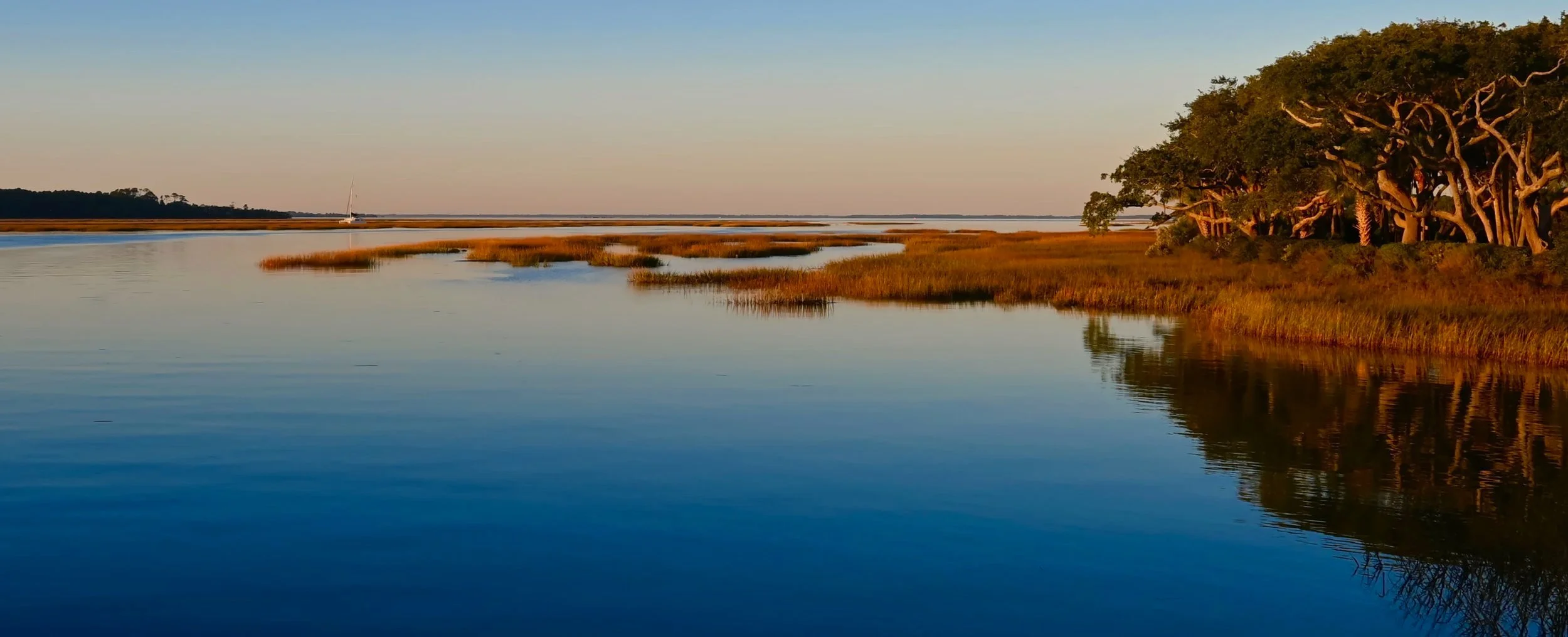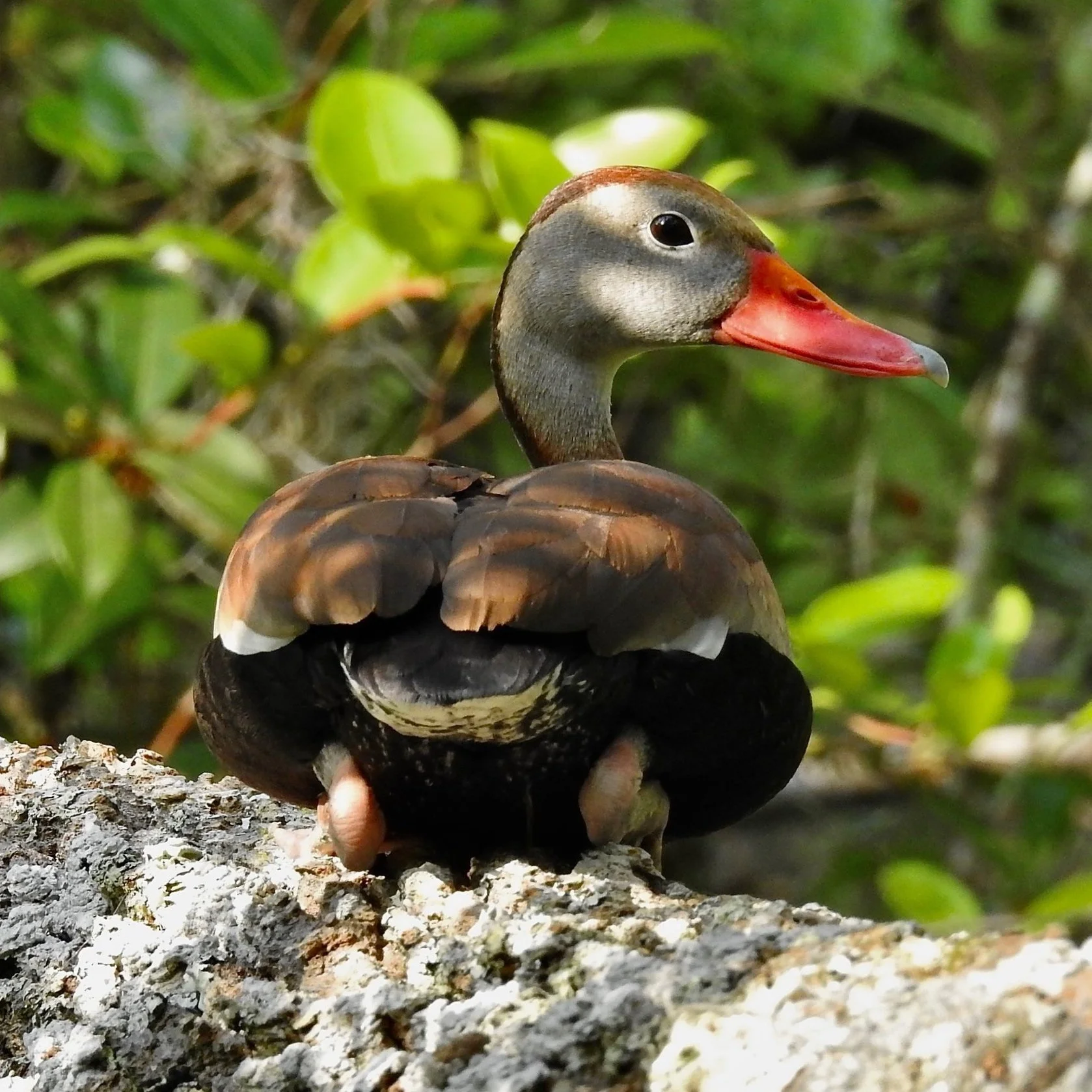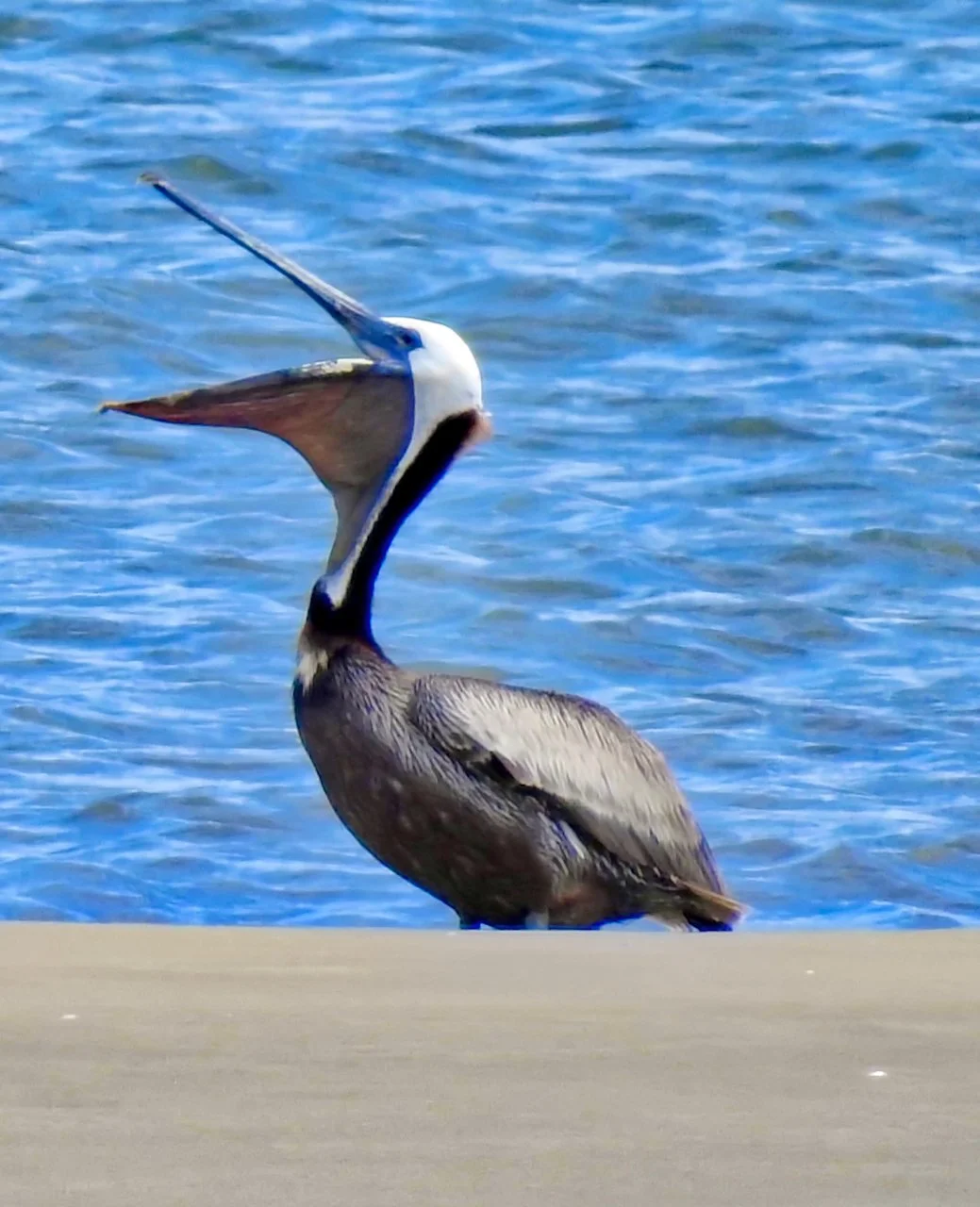photos and commentaries that capture the unique nature of Hilton Head Island
Welcome! When we observe the Nature of Hilton Head Island, it’s helpful to consider the dual meanings of the word “Nature”:
First, there’s the pristine physical Nature that preceded our presence here and that still exists today in a modified, more fragile form - the natural landscapes, beaches, wetlands, wildlife, marshes, tides, seascapes.
Second, there’s the Nature of a community - its defining characteristics, as evidenced by the built environment, culture, lifestyles, goodwill, shared values, institutions, leadership, beliefs, aspirations, diverse histories and ethnicities.
This website’s purpose is to emphasize and celebrate the ways that both “Natures” are woven together on Hilton Head Island to create a very unique community. The photos will portray what wild nature looks like here without the people - of course, that natural beauty is a major reason why people ARE here. Then the commentaries will address some of those defining characteristics of life on Hilton Head Island, and also some of the vital issues as we prepare for a continued vibrant future.
Thanks for visiting! Jack Alderman
Pinckney Island is located between the two bridge spans that connect Hilton Head Island to the mainland. The National Wildlife Refuge has been protecting more than 4,000 acres of pristine Lowcountry habitat since 1985. The seasons and the tides create widely varying views of ponds, saltwater marshes, and wildlife, so each visit to Pinckney Island offers a new experience. Springtime is the perfect time to see large numbers of Egrets, Herons, and Ibises nesting and raising their young in rookeries. There are many miles of great trails for biking and walking the Refuge, which is open sunup to sundown daily.
Hilton Head Island is a barrier Island surrounded by saltwater. At dawn, the sunrise is best viewed from the twelve miles of beach on the Island’s eastern flank. The experience is shared by dolphins and morning walkers, shorebirds and shrimpers. At twilight, the show moves to the western side of the Island as the sun settles over Calibogue Sound, the Intracoastal Waterway, and spectacular Spartina marshes. Boats come home to dock and the Herons and Egrets come home to roost. With the change of seasons and the ebb and flow of the seven-foot tides, each sunrise and sunset seems totally unique, maybe because it is.
sunsets and saltwater
Whooping Crane Conservancy is a 137-acre tract within Hilton Head Plantation, a large private residential community at the north end of the Island. Much of the Conservancy is beautiful freshwater wetlands that flood seasonally. The tract is monitored and protected by the Hilton Head Island Land Trust, which maintains a raised boardwalk with interpretive information. The boardwalk provides great views of the wetland forest, wading birds, and seasonal plants like the Blue Flag Iris, which appears every May. Recently, Whistling Ducks like this one have become regular visitors. Access is open to HHP owners and guests, as well as Land Trust members.
Whooping crane conservancy
Pinckney Island national Wildlife Refuge
Hilton Head Island’s community ethic has always embraced preservation of the tree canopy and protection of sensitive areas, both on the Island and on the surrounding waters. This was true for centuries before 20th century growth, and it remains true today, after more than half a century of planned residential and resort development. The unique combination of Live Oaks, pines, hardwoods, and subtropical palms coexist here. Many of the most compelling sightings, like this Painted Bunting, are best viewed while hiking, bicycling, or kayaking. The Island’s extensive trail systems, conservancies and beaches provide easy access to The Nature of Hilton Head Island.
Exploring hilton head island
Stay connected about The Nature of Hilton Head Island
Sign up below to receive emails about new photos and commentaries - your email will not be used or sold for product marketing.






